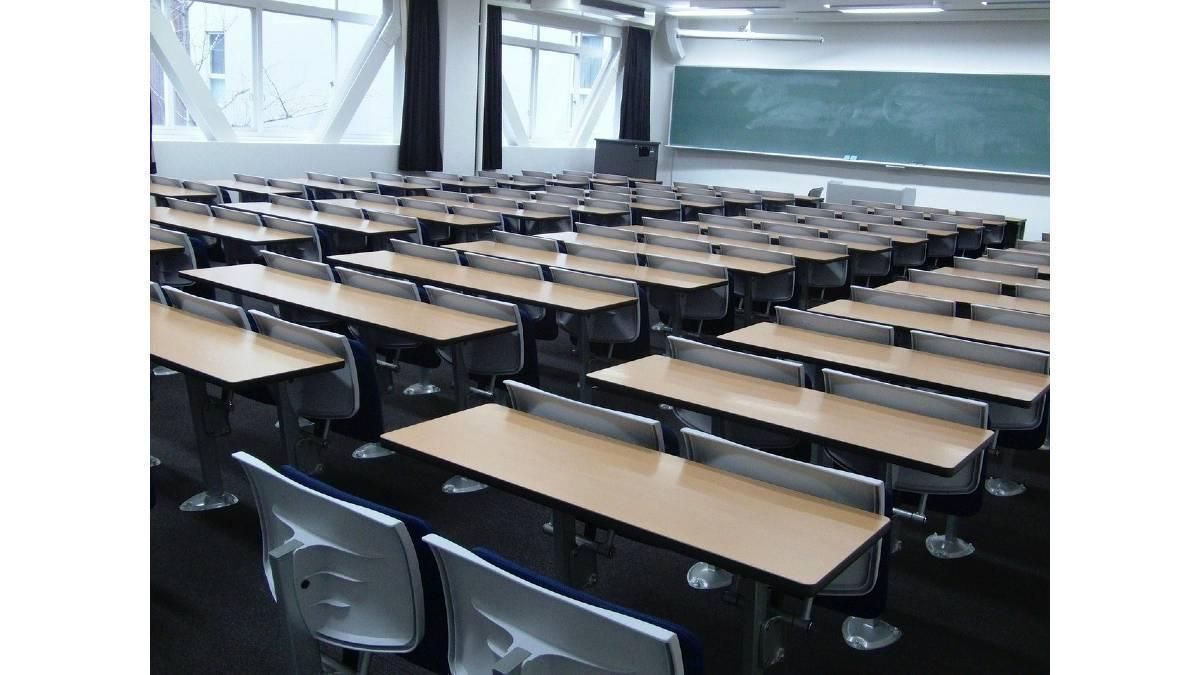 International. CFD engineers from Soler & Palau Ventilation Group's Aerodynamics and Acoustics Laboratory developed a case of contagion in a classroom through a study called "The Importance of Good Ventilation: Before, During and After a Global Pandemic."
International. CFD engineers from Soler & Palau Ventilation Group's Aerodynamics and Acoustics Laboratory developed a case of contagion in a classroom through a study called "The Importance of Good Ventilation: Before, During and After a Global Pandemic."
Model of contagion in a classroom
One of the interesting cases to study is that of a school. For this, a classroom of dimensions 8 x 8 x 3m is taken with 24 students and a teacher, who is considered infected, where all of them wear a mask. To recreate the occupancy times of the classrooms, it is assumed that 2 hours of class are held in the morning followed by 30 minutes of recess and another 2 hours of class. Then, there is a 2-hour break for lunch after which classes are resumed for another 2 hours. It is worth mentioning that, for the intervals where the classroom is emptied, the concentration of infectious doses in the environment is progressively reduced as there are no new contributions.
It can also be concluded that, complying at least with the hourly renewals (ACH) recommended by the RITE, it is possible to eliminate practically all the virus in the established breaks while this is not possible only with natural ventilation.
Analysis of the probability of contagion
Once the concentration of infectious doses in the environment has been analyzed, the cumulative probability of infection is calculated based on the available hourly renewals.
In the case of natural ventilation, the probability of infection is approximately 6%, which means that a student would be infected at the end of the school day. In the case of the hourly renewals indicated in the RITE, with which a probability of contagion is obtained three times lower than with natural ventilation (opening windows), and for those corresponding to a probability of 1%, no contagion would occur in a classroom among the students.
However, with the hypothesis that the teacher went to the classroom for 4 days being infectious (reasonable hypothesis given the time it takes to manifest symptoms): with natural ventilation, the accumulated probability would be 21%; with the hourly renewals established by the RITE, the probability stands at approximately 7%, while for the number of renewals per hour corresponding to the probability of 1% it would be at 4%. If the number of infected students is recalculated after 4 days, 5, 2 and 1 infections would develop, respectively.
Contagion in an unventilated classroom
If the case without ventilation is considered, only considering the possible leaks (it has been counted as 0.2 ACH), it is seen that the risk of daily infection increases to 7.8%. This implies that at the end of the day 2 students would be infected and, after 4 days, 7 students.
Another interesting case to study is that of an infected student. In this case, because the amount of quanta exhaled by the student will be on the order of half, the chances of infection will also be. If the number of infected students at the end of the day is considered, 1 and 0 students will end up being infected respectively for the case with natural ventilation and with the ventilation marked by the RITE. If the number of infections before the student manifests symptoms (4 days) is considered, it would be 2 and 1.
Finally, it has been considered to add a case replicating the institutional recommendations published after the cold wave. It is advisable to apply a strategy of "intermittent ventilation", by which the windows are opened for 10 minutes at the end of each hour. Thus, the sections defined for this case have been modified to satisfy the sequence of 50 minutes of closed windows and 10 minutes of open windows, considering that in the sections in which the classroom is unoccupied (breakfast and lunch), the windows are kept open all the time. In the case of closed windows, a renovation flow equivalent to possible leaks in the classroom of 0.2 ACH has been considered, while, with the windows open, a flow of 8 ACH has been considered. This flow has been chosen since it was the maximum flow achieved in a classroom with the help of an air conditioning system and fans. Therefore, the result obtained will be the probability of infection in a very favorable case in terms of air renewal. The variability of the renewal flows to which natural ventilation is subject is very high and uncontrolled.
Conclusions of the analysis
It is verified that the maximum concentrations reached, applying the stipulations of the RITE for this case (between 5 and 6 renewals per hour), are approximately three times lower than those reached by "intermittent ventilation". Additionally, the chances of infection for this new scenario stand at 4.8%. Thus, there would be 1 contagion at the end of the day and 4 after 4 days, compared to the 0 and 2 that would occur with the ventilation stipulated by the RITE.
More information on the Soler & Palau blog.



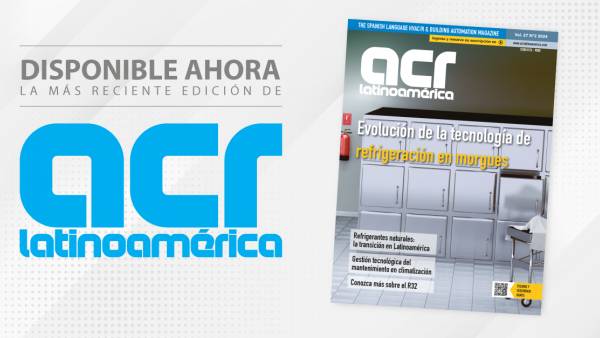
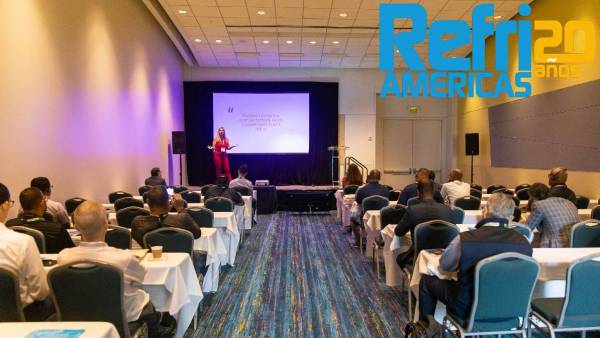



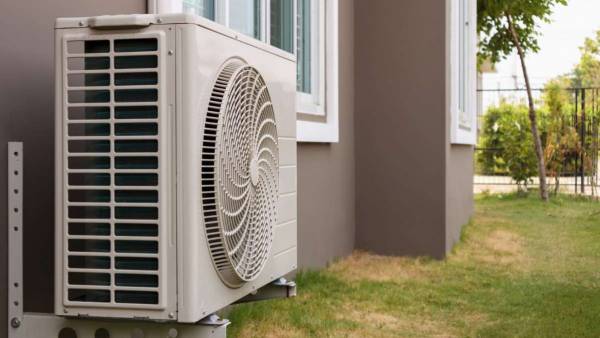

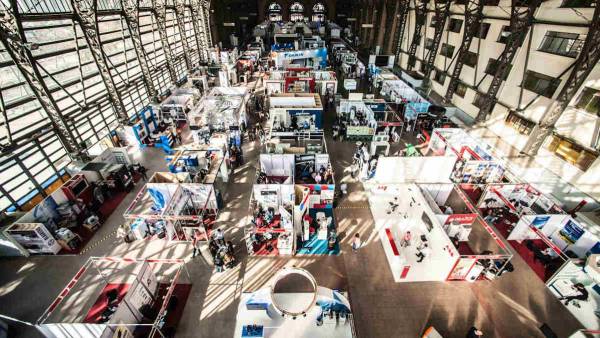














Leave your comment